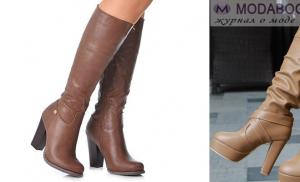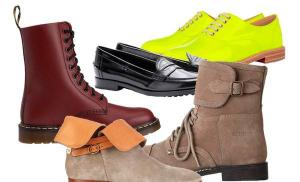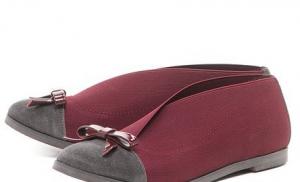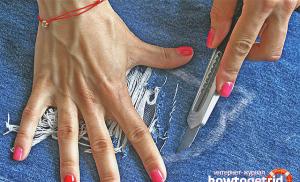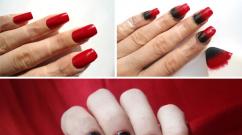What are the heels: Viennese, wedge-shaped, glass, stiletto
Shoes with heels visually make the figure slimmer, help to straighten the back and tighten the stomach, give self-confidence and turn a normal gait into a sexy one. But only if you know how to choose and wear such shoes correctly.
Since the 18th century, high-heeled shoes for women have become part of women's clothing. Since then, the heel began to dictate fashion in shoes. Its shape and profile changed from time to time. So in the 17th century. wore a curved "French" heel in the 18th century. - columnar, later came into fashion "boats" with thin heels with a curved heel, then low shoes with heels - molierki. In 1938, beach sandals made of wood with thick soles and columnar heels appeared. In the 40s. wedges became popular - shoes with thick soles, gradually turning into high heels. In the 70s. there was a high thick heel and a thick sole - a platform. Very thin and high heels "stiletto" came into fashion many times.
Vienna heel. Small (1.5-2 cm) heel that increases the longitudinal arch of the foot. One of the most comfortable and beneficial for the feet.
Brick heel. Small (2-4 cm), stable, square-shaped heel. Ideal for girls from 180 cm and above.

Wedge heel. Wide and high heel. Its back is much longer than the front. This form suits absolutely everyone. Because the contrast of a leg with such a heel visually slims.
Cowboy. Beveled back heel. Looks tilted but very comfortable. Shoes with such a heel look a little rough, making the legs look more graceful in them.

Taper at the base and heel strongly tapered from top to bottom. The height can vary from 5 to 12 cm.
A glass. Wide at the base and narrowed downward, like a stem at a glass. Such a heel is not too high (no more than 7 cm), but also not very stable.

Column. Sufficiently wide straight heel (5 cm and more). It is very stable, therefore it gives confidence to the gait.

Wedge heel. Chopines (stumps), or walking footstools. Japanese geta, Greek koturna, Venetian zoccolo are perhaps the most ancient type of heel. Shoes with solid soles made of wood or cork, sometimes without instep, from 4 to 30 cm (or more). Very stable, but inconvenient for driving a car.

Stiletto heels. High (8-12 cm) thinnest heel, based on a metal rod (a model where the rod is not covered with anything is called a stiletto). The sexiest version of the heel.

HOW TO CHOOSE?
1. Keep in mind that every two centimeters of heel height increases pressure on your toes by 25%.
2. Try on your shoes while sitting, then get up and walk. Because when you are sitting, the length of the foot decreases by 0.5-1 cm.
3. If you buy shoes without a heel, but with heels, choose models with straps or ties and a tight-fitting front part, otherwise the leg may turn up.
4. Place the model you like on a flat surface (without putting it on), if the sock is too upward, the shoes will be uncomfortable to wear.
5. Choose shoes with heels up to 6 cm for every day.
6. Check how the heel is attached, if you can move it a little or loosen it with your hand, then you should not buy such a model - it may break the heel or instep support.
7. The heel should be nailed, not glued, and the instep is made of metal.
8. The difference between the height of the heel and the height of the supporting part must be at least 0.5 cm.
TAKE CARE:
The constant wearing of shoes with high (over 5.5 cm) heels is harmful. This impairs circulation and deforms the calf muscles. The optimal heel height is 1/4 of the length of the foot. And it is better to arrange a fashion show on stiletto heels 2-3 times a week.
Shoes without a heel are also unsafe: they do not have an instep support, and this makes the ligaments that support the arch of the foot very tired.
It is easy to twist your foot in platform shoes, so it is not suitable for long walks and uneven roads.
Any heel will be uncomfortable if you walk the wrong way. Learn to distribute body weight evenly over the foot. To do this, you need to keep your back straight, but not tense, and be sure to unbend your knees when walking. Try not to put pressure on your heels, but do not try to walk on your toes, otherwise your legs will quickly get tired and hurt. Better to choose lower heels, but go pretty
